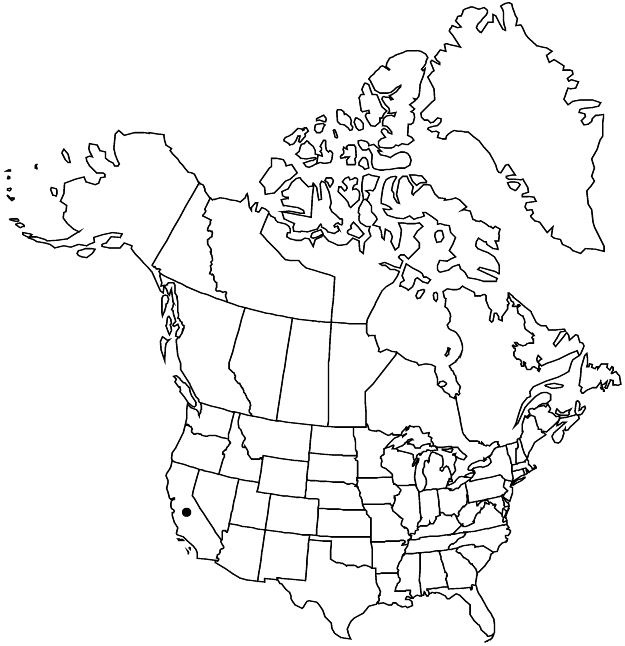Difference between revisions of "Sidalcea hartwegii"
Mem. Amer. Acad. Arts, n. s. 4: 20. 1849.
FNA>Volume Importer |
imported>Volume Importer |
||
| (One intermediate revision by the same user not shown) | |||
| Line 60: | Line 60: | ||
|publication year=1849 | |publication year=1849 | ||
|special status=Endemic | |special status=Endemic | ||
| − | |source xml=https:// | + | |source xml=https://bitbucket.org/aafc-mbb/fna-data-curation/src/2e0870ddd59836b60bcf96646a41e87ea5a5943a/coarse_grained_fna_xml/V6/V6_603.xml |
|subfamily=Malvaceae subfam. Malvoideae | |subfamily=Malvaceae subfam. Malvoideae | ||
|genus=Sidalcea | |genus=Sidalcea | ||
Latest revision as of 22:22, 5 November 2020
Herbs, annual, 0.1–0.4(–0.6) m, not glaucous, with taproot. Stems single, erect, unbranched or distally branched, often zigzag, solid, proximally usually glabrous or sparsely stellate-puberulent. Leaves cauline; stipules deciduous or inconspicuous, sometimes purplish, subulate, 1–1.5(–3) × 0.5–1 mm; petiole 0.5–1.5(–3) cm, usually 1/2 times involucellar bractlets absent. Flowers bisexual or unisexual and pistillate, plants gynodioecious; calyx 8–10(–12) mm, not much enlarging in fruit, stellate-canescent, sparsely ciliate; petals pink to rose-purple or white, pale-veined, often whitened at base, 18–20(–25) mm; stamens: outer filaments incompletely connate, distally distinct, anthers not attached to connate portion of filaments; staminal column 6–7 mm, hairy; anthers white, stalked, aborted in pistillate flowers; stigmas 6 or 7. Schizocarps 5–7 mm diam.; mericarps 6 or 7, 2.5–4 mm, sides smooth, margins rugose, back reticulate-veined, deeply pitted especially on top, glabrous or glandular-puberulent, mucro 0.5–0.8(–1) mm. Seeds 1.5–2 mm.
Phenology: Flowering (Mar–)Apr–Jun.
Habitat: Dry to moist, grassy hillsides, foothill woodlands, vernal pools, often on serpentine
Elevation: 30–800(–1000) m
Discussion
Sidalcea hartwegii is widespread in California from Tulare to Shasta counties, a range similar to those of the other vernal-pool annuals. It is most easily recognized by its stamen column, on which the anthers are borne on free portions of filaments, unlike in the other annual
species and more typical of the perennial species. This helps to support the suggestion that the annual species were separately derived and not part of a single lineage. Sidalcea hartwegii often grows with S. calycosa, from which it can be distinguished also by its rugose rather than deeply longitudinally furrowed dorsal mericarp surfaces.
Selected References
None.
